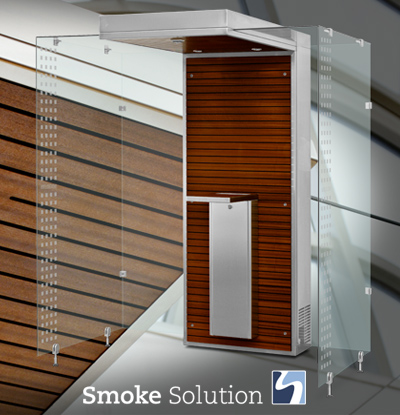In recent years, UV-C air cleaners have gained popularity as a promising solution for improving indoor air quality and reducing the spread of germs and viruses. But how effective are these devices at eliminating harmful pathogens? Let’s delve into the science behind UV-C air cleaners and explore their potential benefits for creating a healthier indoor environment.
Understanding UV-C Technology
UV-C, or ultraviolet germicidal irradiation, is a type of ultraviolet light effective at neutralizing bacteria, viruses, and other pathogens. UV-C light has been used for decades in hospitals, laboratories, and other settings to disinfect surfaces and sterilize air. UV-C air cleaners harness this technology to target and destroy harmful microorganisms that can circulate in indoor air.
How UV-C Air Cleaners Work
UV-C air cleaners typically consist of a UV-C lamp or bulb housed within the device. As air passes through the cleaner, it is exposed to the UV-C light, which penetrates the cell walls of microorganisms and disrupts their DNA, rendering them unable to replicate or cause harm. This process effectively eliminates bacteria, viruses, and other pathogens, reducing the risk of airborne transmission of illness.
Effectiveness Against Germs and Viruses
Numerous studies have demonstrated the effectiveness of UV-C light in neutralizing a wide range of germs and viruses, including influenza, rhinovirus, and coronaviruses. UV-C air cleaners can significantly reduce the concentration of airborne pathogens in indoor environments, helping to prevent the spread of infectious diseases and promote overall health and wellness.
Considerations and Limitations
While UV-C air cleaners offer promising benefits for indoor air quality, it’s essential to consider their limitations. UV-C light is most effective at close range and may not reach all areas of a room or effectively penetrate porous materials. Additionally, prolonged exposure to UV-C light can cause damage to skin and eyes, so it’s essential to use these devices safely and according to manufacturer instructions.
Conclusion: A Promising Solution for Cleaner Indoor Air
In conclusion, UV-C air cleaners offer a promising solution for effectively eliminating germs and viruses from indoor air. By harnessing the power of UV-C light, these devices can neutralize harmful pathogens and help create a healthier indoor environment. While UV-C air cleaners may have some limitations, when used correctly, they can be a valuable tool in reducing the spread of infectious diseases and promoting respiratory wellness for you and your family.

Smoke Cabin
Smoke Solution develops a set of efficient filtering system that can remove most of the airborne pollutants. There is an automatic motion sensor installed in each of the cabin and alternatively regulates the speed of the filtering system according to the movement inside the cabin. For their filters, Smoke Solution uses its own produced CO 2 neutral coconut charcoal. The harvest of the coconut shells is in a sustainable manner, without posing any harm to palm trees, animal habitats or the environment.
The ashtrays of the smoking cabins are fireproof and self-extinguishable. Lighted cigarette thrown into the ashtray will be extinguished and thus remove the risk of fire. Smoke cabins are modular and freestanding, they can be resized and relocated to fit in different locations, and follow the user patterns.